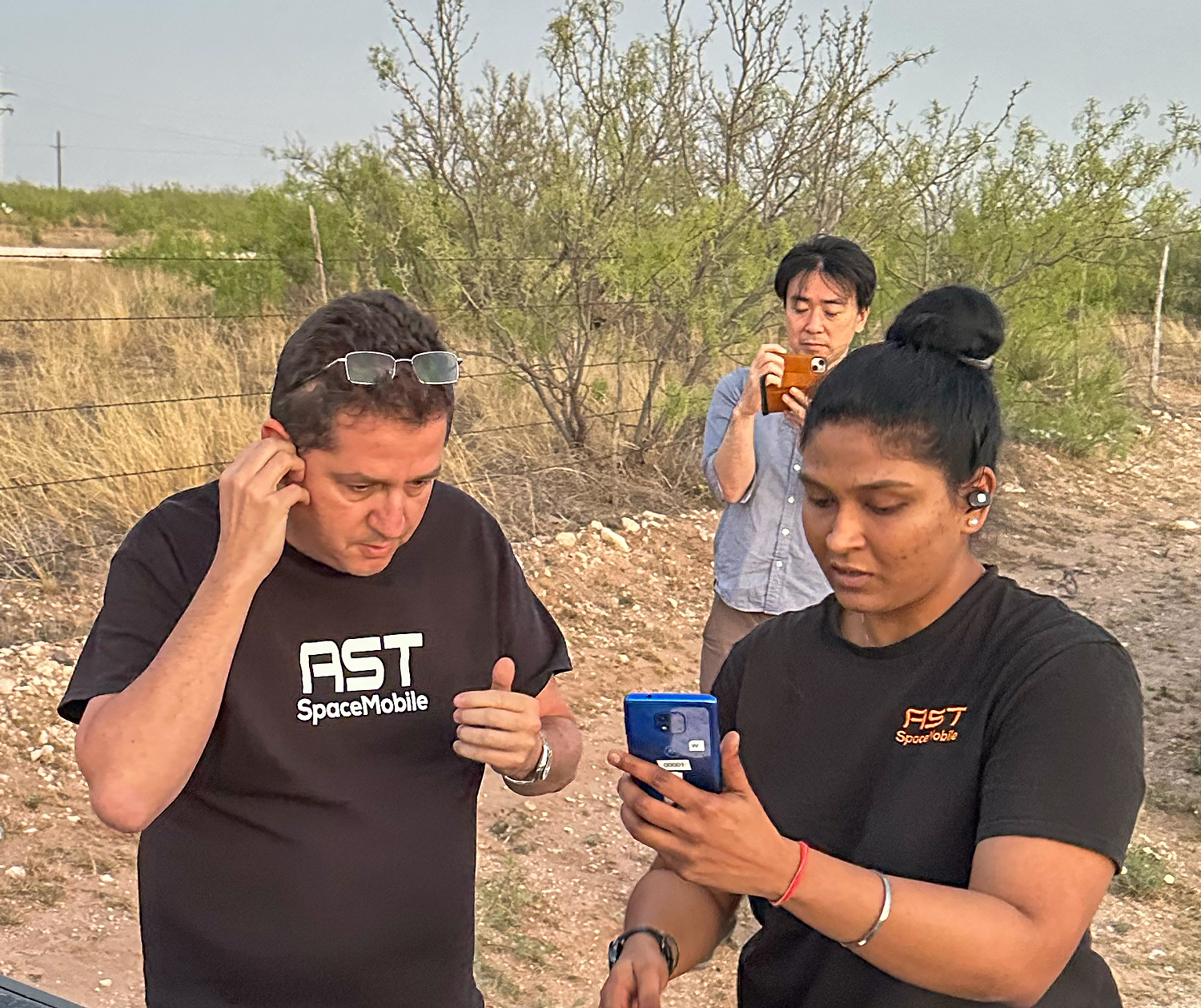Interesting development on the Qualcom-Idirium collaboration. (It's not anymore). Iridium is clearly playing at the volatile terrestrial spectrum conversations (eg, SpaceX) and how they (like Globalstar) are already sorted with priority MSS spectrum rights ready to go. Apple's obviously shown how they read the tea leaves (and obviously have beaten everyone to market by at least two years and likely more); time will tell if, when, and by how much SpaceX and the others will be successful with D2D on terrestrial frequencies.
Unrelated, it's WRC season. Some meaty space stuff is on the agenda.
1. Should GEOs still have their spectrum protected from NGSOs? IMO the answer is yes. GEOs are well on the decline due to NGSOs, but IMO (as I've described in the past) there's a world where GEO augments an NGSO constellation such that we can all be more responsible in space.
2. As is typical, (re)allocation of bands is a topic; here's a (long) webinar that has some good stuff in it on that and other stuff. (Also cool that the panel is all women)
Unrelated, it's WRC season. Some meaty space stuff is on the agenda.
1. Should GEOs still have their spectrum protected from NGSOs? IMO the answer is yes. GEOs are well on the decline due to NGSOs, but IMO (as I've described in the past) there's a world where GEO augments an NGSO constellation such that we can all be more responsible in space.
2. As is typical, (re)allocation of bands is a topic; here's a (long) webinar that has some good stuff in it on that and other stuff. (Also cool that the panel is all women)




